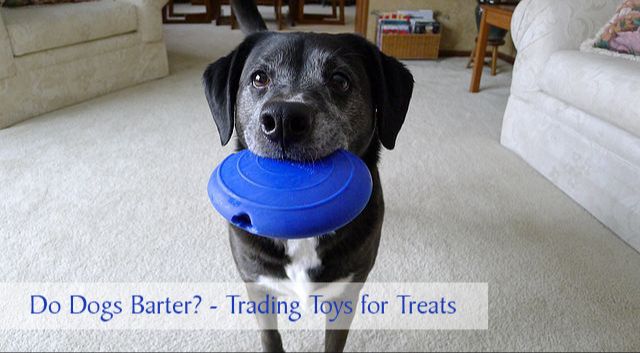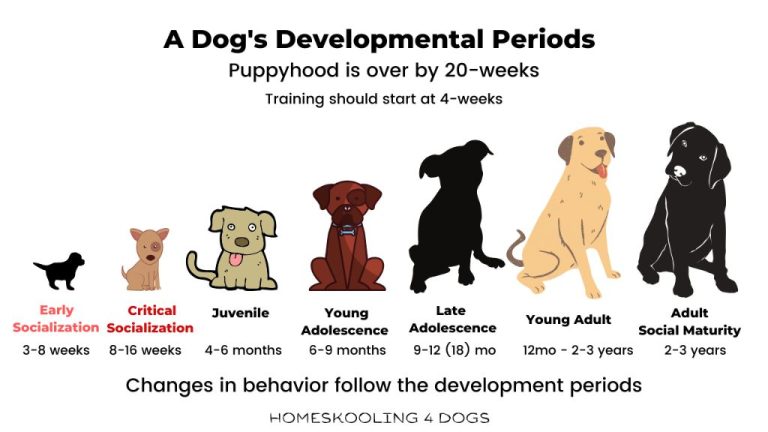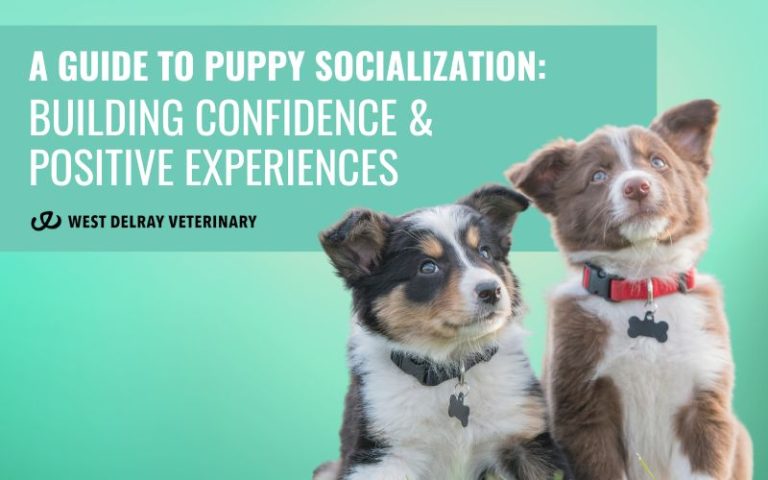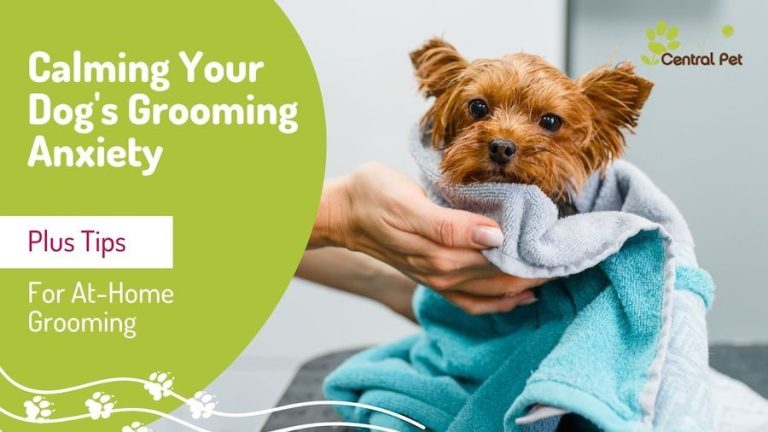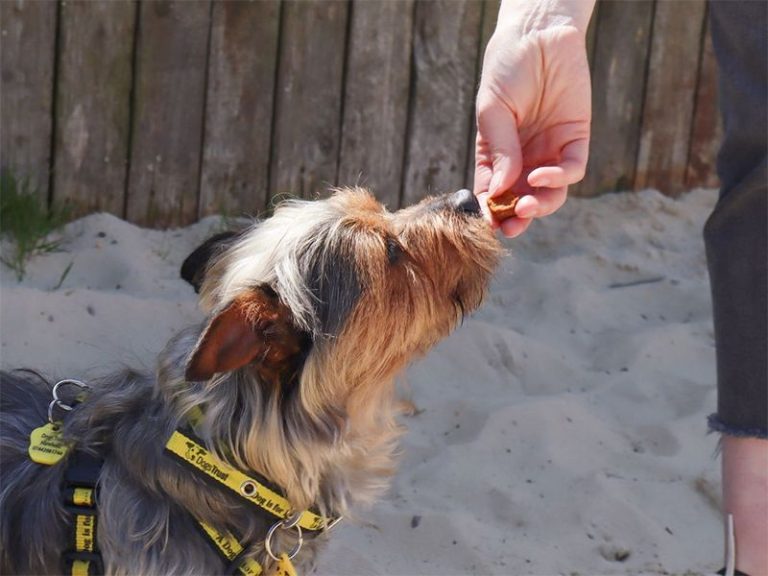Addressing Separation Anxiety: Strategies For A Calmer Dog
What is Separation Anxiety in Dogs?
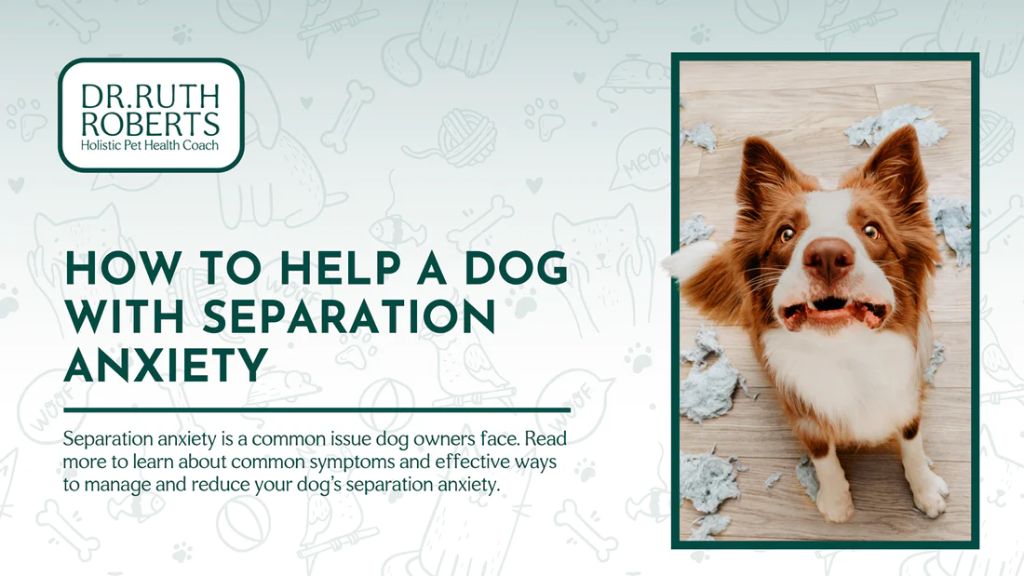
Separation anxiety refers to a dog’s distress when left alone or separated from their owner. It stems from a lack of confidence and fear of being abandoned. Common symptoms of separation anxiety in dogs are:
- Excessive vocalization like barking, howling, or whining when alone
- Destructive behavior like chewing, digging, scratching doors
- Urinating or defecating in the house
- Pacing, restlessness, and refusing to settle
- Depression, lethargy, or loss of appetite
Separation anxiety is triggered by the dog being deprived of human company. Predisposing factors include:
- Adoption from a shelter or change in ownership
- Sudden changes in routine or environment
- Traumatic experiences like abuse or abandonment
- Extended periods left alone
- Lack of stimulation, exercise, or owner interaction
Certain breeds like retrievers, shepherds, and mastiffs are at higher risk. With proper training and management, separation anxiety can be overcome.
Understanding the Dog’s Perspective
Separation anxiety in dogs often stems from a dog’s fear of being abandoned or left alone for long periods of time. This fear triggers extreme stress and anxious behaviors when the dog is separated from their owners (Bonnies, 2022). There are a few key factors that can contribute to separation anxiety from the dog’s perspective:
Fear of being abandoned – Dogs are pack animals and have evolved to form strong social bonds and relationships. Being separated from their family goes against their natural instincts, causing fear and panic that their pack has deserted them. This makes departures very distressing.
Boredom and lack of stimulation – Dogs require activity and mental stimulation. Being left alone for long hours with nothing to do can cause boredom, frustration and anxiety. Lack of exercise and enrichment is a common contributor to separation issues.
Need for predictability and routine – Dogs thrive on structure and familiarity. Sudden disruptions to their regular schedules or unpredictable departures and absences can heighten separation anxiety. They feel most secure when routines are stable.
Preventing Separation Anxiety
Taking proactive steps to prevent separation anxiety in puppies can help avoid more significant issues down the road. Experts recommend focusing on several key areas:
Socialization as a puppy is critical. Introducing the puppy to new people, places, sounds, and experiences helps build confidence. Attending puppy classes can provide vital social opportunities with other puppies and people. Thorough socialization establishes that being alone is normal and not scary. (Rob’s Dog Blog | Holy Sit!)
Create positive associations with being alone during puppyhood. Give the puppy a food toy or chew when departing to establish a pleasant experience. Slowly increase alone time without making departures overly emotional. (Adam & Sarah’s Pet Care)
Establish a consistent daily routine with scheduled feeding, exercise, training, playtime, and downtime. Departures and alone time should be part of the routine, not a disruption. Meet the puppy’s physical and mental needs before departures. A tired, fulfilled puppy will better tolerate time alone. (Positivedogtrainer, 2022)
Taking these preventative measures allows the puppy to gain confidence and accept normal periods of separation without anxiety. Addressing separation concerns proactively is more effective than correcting the problem after it develops.
Diagnosing Separation Anxiety
Determining whether a dog’s problem behaviors are due to separation anxiety versus other issues can be tricky. It’s important to rule out other potential causes before concluding a dog has separation anxiety.
For example, some dogs are afraid of loud noises like thunder or fireworks. If the dog only displays anxious behaviors during loud noises when home alone, it may be a noise phobia rather than separation anxiety. Other medical issues like incontinence or cognitive dysfunction in senior dogs can also cause behaviors that may be mistaken for separation anxiety.
To accurately diagnose separation anxiety, keep a detailed log of your dog’s behaviors and the timing of when they occur. Note how they act immediately before you leave, while you are gone, and when you return. Also track any triggers like certain sounds that seem to set them off. Look for patterns in their anxious behaviors that specifically correlate with being left alone.
It’s also advisable to have your veterinarian examine your dog to rule out any underlying medical conditions. They may also refer you to a certified dog trainer or behaviorist who can observe your dog’s behaviors and further evaluate if separation anxiety is the primary issue.
Sources:
https://www.naturesmenu.co.uk/blog-how-to-manage-separation-anxiety-in-dogs.html
https://haldago.org/managing-dog-separation-anxiety/
Treatment Options
There are several options for treating separation anxiety in dogs:
Behavior Modification Training
Behavior modification training involves teaching the dog to become more independent and relaxed when alone through gradual exposure to short departures and absences (RSPCA). This includes:
- Desensitizing the dog to pre-departure cues like picking up keys or putting on shoes.
- Rewarding calm behavior before leaving and ignoring anxious behaviors.
- Starting with very short departures of a few seconds and gradually increasing the duration.
- Providing stimulating toys or puzzles when leaving to shift the dog’s focus.
Creating a Safe Space
Allowing access to a small room or enclosed area provides a sense of security. It should include comfy bedding, a few favorite toys, and access to water (PetMD). The space should not be used for punishment or confinement.
Calming Aids/Pheromones
Products like Adaptil and anxiety wraps/shirts mimic natural pheromones and apply gentle, constant pressure thought to have a calming effect (ASPCA).
Separating from Triggers
Separating dogs from stimuli that trigger the anxiety response, like seeing owners prepare to leave, can reduce reactions.
Training Tips
There are several effective training techniques to help dogs overcome separation anxiety and feel more comfortable being left alone. These include:
Desensitization – Gradually get your dog used to being alone by starting with very short departures and absences, then slowly increasing the duration. For example, walk out the door for just a few seconds at first, then come back. Over time, work up to longer periods like 15-30 minutes. This teaches the dog that you leaving is not a big deal and you will return.
Reinforcing Calm Behavior – Reward your dog when they are calm and relaxed home alone. Leave for short periods and when you return, praise and treat the dog for remaining in a settled state. This reinforces the desired behavior. Pumpkin.care
Teaching Settle/Stay Commands – Train your dog to go to a spot like a bed or crate and stay calmly for increasing periods. Use treats to reward staying until released. This gives them an occupation while home alone. Practice during short practice departures.
Using Puzzles/Toys – Provide stimulating puzzles like stuffed Kongs to focus anxious energy during alone time. Rotating novel toys keeps them engaged. Make sure they only get access to special toys when home alone to reinforce this as a positive routine.
Preparing for Departures
There are some simple but important things you can do to prepare your dog before you leave which can help ease separation anxiety. One key step is to make sure to exercise your dog beforehand. A nice long walk or play session will help tire them out so they are more inclined to relax while you’re gone (Everdog Training, 2023). Some of the things to keep in mind include:
- Exercise beforehand – Take your dog for a good walk, run, or play session before departures so they are tired out.
- Ignoring excited behavior – Avoid giving your dog attention if they start acting restless or excited as you prepare to leave.
- Keeping goodbyes low-key – Make your exit as calm and low-key as possible. Don’t make a big fuss over your dog before leaving.
- Establishing a routine – Have a consistent routine around departures and returns so your dog knows what to expect.
By keeping things relaxed and consistent, you can help your anxious dog stay more calm when you head out the door (Great Pet Care, 2023). Stick to a regular routine so they learn your comings and goings are nothing to get worked up about.
Providing Comfort
A dog with separation anxiety can often be soothed by providing familiar, comforting elements in their environment before you leave. Some strategies include:
- Background noise – Play calming music, leave the TV on, or use white noise machines to provide soothing ambient sounds. According to https://www.diggs.pet/blog/training/how-to-stop-dog-barking-when-left-alone/, background noise can distract anxious dogs from stressors.
- Familiar scents – Leave an unwashed item of your clothing in your dog’s space, such as a t-shirt. Your scent can have a calming effect.
- Confinement space – Providing a safe, cozy space like a crate or small room can comfort some dogs, but should be approached carefully and not used to isolate a distressed dog, as noted on https://boards.bordercollie.org/topic/33984-doing-away-with-the-kennel/.
- Interactive toys – Give your dog mental stimulation with puzzle toys, stuffed Kongs, or chew toys before you leave.
Implementing some of these strategies before departures may help ease an anxious dog’s stress.
When to Seek Professional Help
In severe cases of separation anxiety in dogs, it’s important to seek help from a professional, such as a veterinarian or certified dog trainer. Indications that you may need to get professional assistance include:
- Severe signs of distress when left alone, such as panic attacks, frantic attempts to escape, and self-injury
- Ongoing destructive behaviors that pose safety risks, cause property damage, or disrupt the household
- Symptoms that persist for months despite efforts to resolve them independently
- A need for prescription anti-anxiety medication to reduce the dog’s level of distress
As recommended by the Humane Society, cases of severe separation anxiety often require the expertise of a veterinary behaviorist to diagnose and design an effective treatment plan. This may involve a combination of training, environmental changes, and medication under veterinary supervision.
Getting professional help is key to curbing harmful behaviors, improving your dog’s welfare, and restoring peace of mind in your home. Don’t hesitate to reach out for assistance if your pet’s separation anxiety remains persistent and severe despite your best efforts.
Long-Term Management
Consistency is key when managing separation anxiety long term. Stick to regular routines for walks, feeding times, playtime, and departures/arrivals as much as possible (DeMartini, 2020). Dogs feel more secure when they can predict what will happen. Try not to make abrupt changes to their daily schedule.
Ongoing training is also important. Continue practicing exercises like down stays, mat training, and desensitization protocols even after initial improvement (VCAAH, 2022). These reinforce calm behavior when left alone. Remember that training is lifelong for dogs.
If you do need to adjust a routine, do so very gradually. For example, if your departure time changes, move it 5-10 minutes earlier each week (HSUS, 2022). Dramatic shifts can trigger anxiety all over again.
Lastly, relapses in separation anxiety are very common. Stressful events like moving homes, changes in family structure, or new stimuli can cause backsliding (Sargisson, 2014). Be patient and proactively use calming measures during these transitions.

